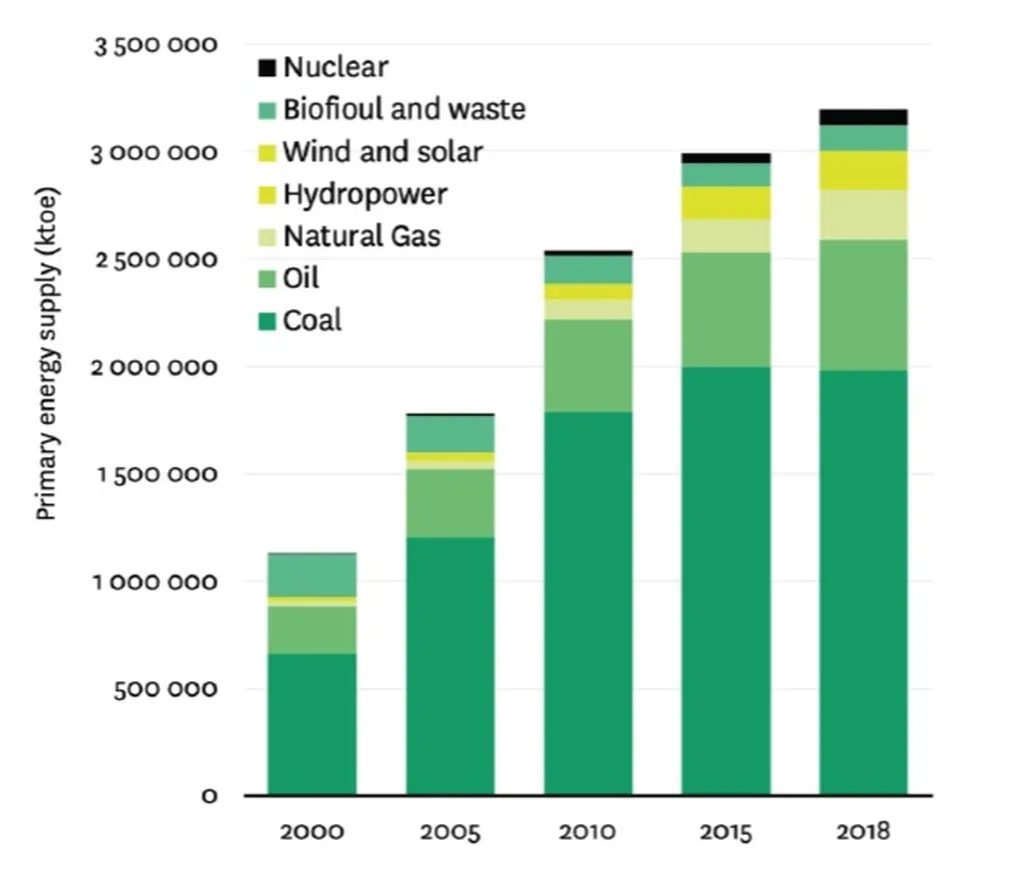In the quest to harness the power of the wind, one of the most significant challenges has been its inherent unpredictability. Wind power, while a promising renewable energy source, is notoriously difficult to forecast accurately due to its large dispersion and uncertainty. However, a groundbreaking study led by Fangyu Wang from the State Key Laboratory of New Energy Power System at North China Electrical Power University in Beijing, China, might just change the game. Published in the English-language journal “IEEE Access,” the research introduces a novel prediction method that could significantly improve the accuracy of wind power forecasts, with profound implications for the energy sector.
The study tackles a longstanding issue in wind power prediction: the lack of an accurate method to fit the corresponding relationship between wind speed and wind power. “Previous methods have struggled to capture the uncertainty in this relationship,” Wang explains. “Our approach aims to bridge this gap by establishing a combined cloud model that represents the uncertain relationship between wind speed and power more accurately.”
So, how does this new method work? The researchers first study the probability density curve of wind power under different wind speeds. They then establish a combined cloud model, using the peak value as a boundary to represent the uncertain relationship between wind speed and power. But they didn’t stop there. To enhance the robustness of the model, they introduced L2 norm theory to update the peak point, preventing errors caused by sample peak disturbances. Finally, they calculated the parameters of the L2 norm cloud model based on Bayesian theory.
The results are promising. The combined cloud fitting method demonstrated high fitting accuracy for irregular single peak or multi-peak wind speed power probability distributions with uncertainty. This means that energy companies could potentially predict wind power output more accurately, leading to more efficient grid management and reduced reliance on backup power sources.
The commercial impacts of this research could be substantial. More accurate wind power predictions could lead to significant cost savings for energy companies, as they would be better equipped to manage their resources and meet demand more efficiently. Additionally, improved wind power forecasting could facilitate the integration of more wind energy into the grid, accelerating the transition to renewable energy sources.
As for the future, this research opens up new avenues for exploration. “Our method could be further refined and applied to other renewable energy sources with similar uncertainties,” Wang suggests. The potential for this technology to shape the future of renewable energy is immense, and it’s an exciting development for the energy sector.
In the words of Fangyu Wang, “This is just the beginning. We believe that our method could pave the way for more accurate and reliable renewable energy predictions, ultimately contributing to a more sustainable energy future.” With such promising research on the horizon, the future of wind power looks brighter than ever.

